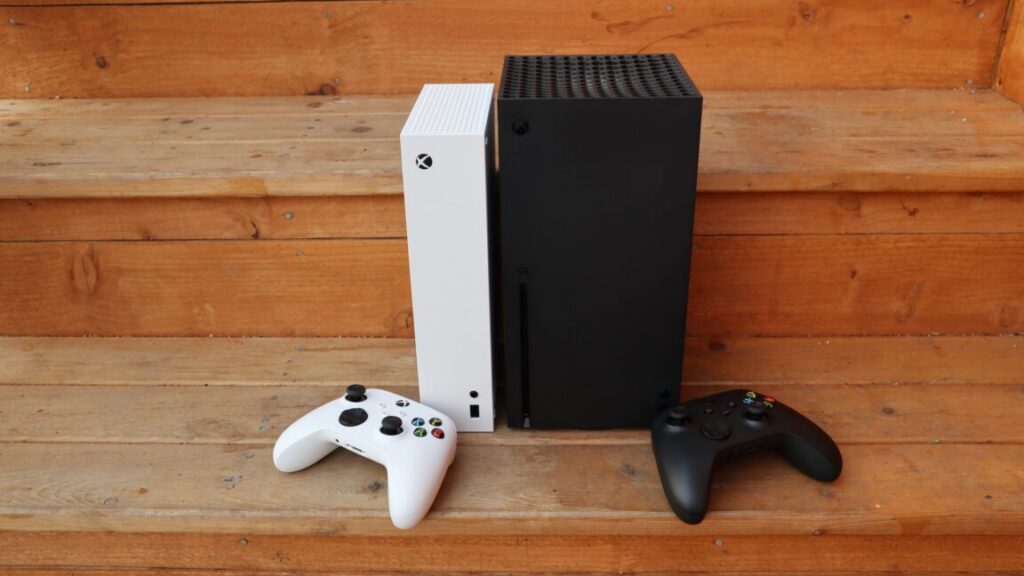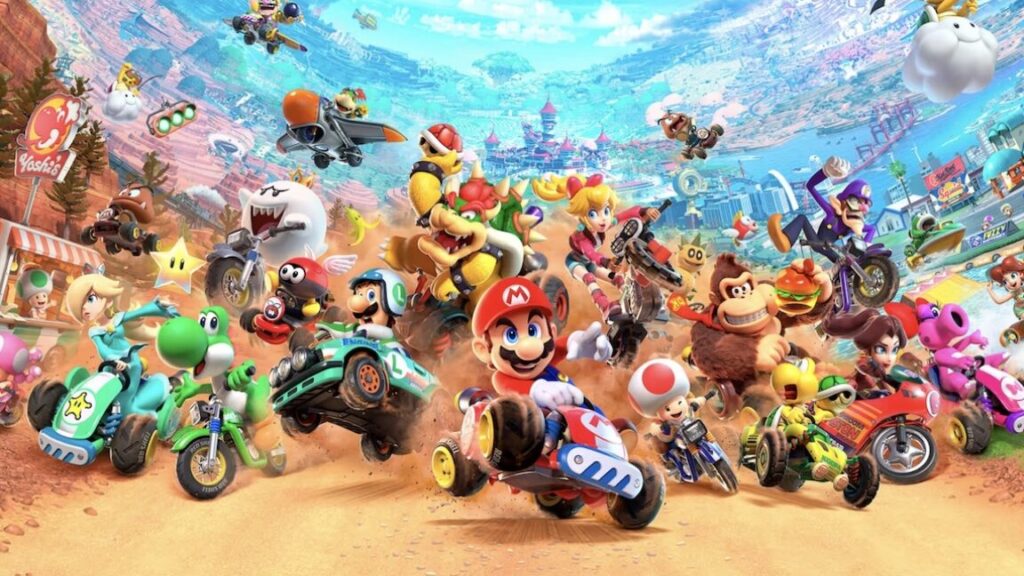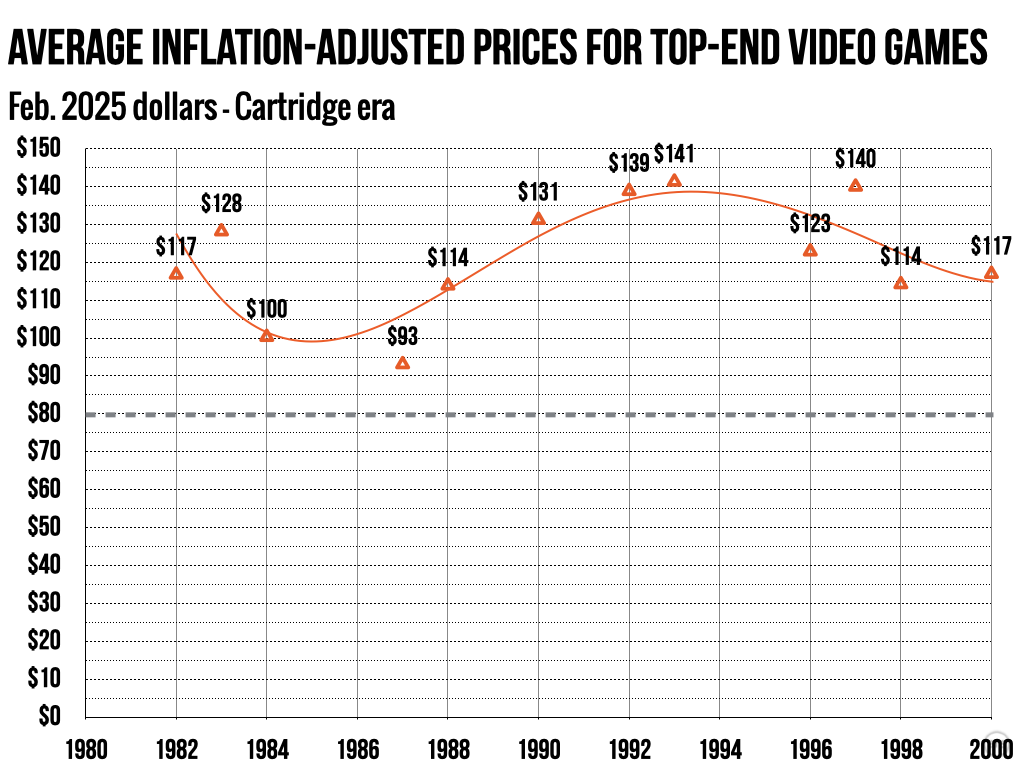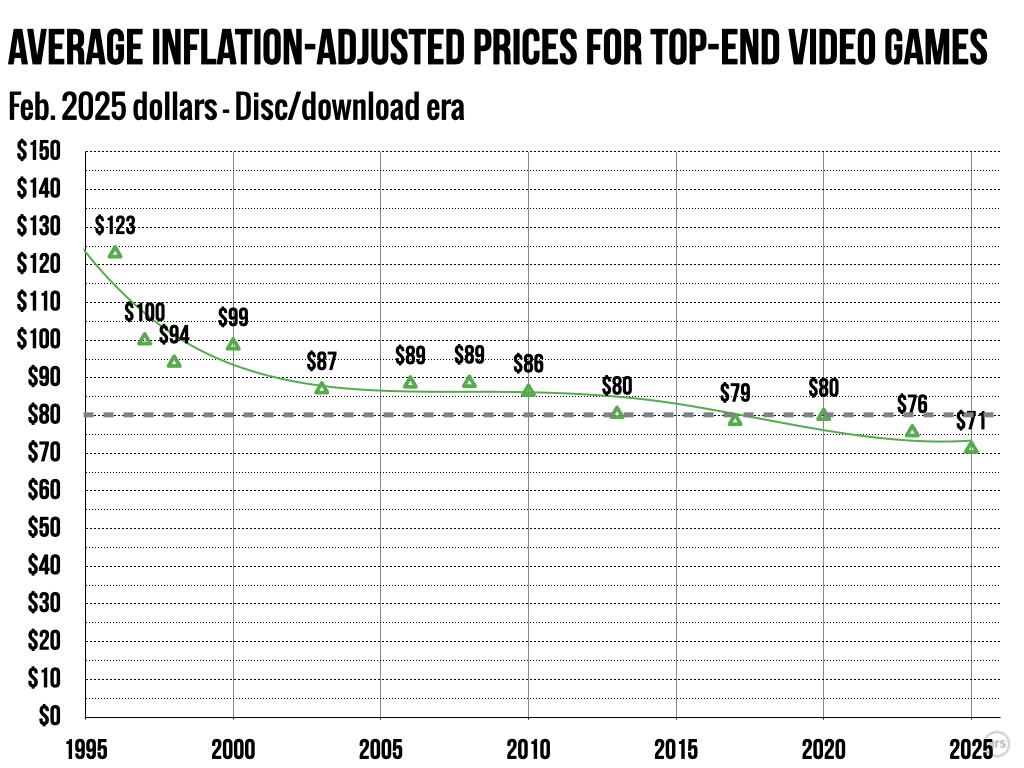Microsoft raises Xbox console prices for the second time this year
Here we go again
Higher than usual inflation can help explain some of the nominal price increases for the oldest Xbox consoles affected by today’s price hikes. The $300 for an Xbox Series S at launch in November 2020 is worth roughly $375 in August 2025 dollars, for instance. And the $500 for an Xbox Series X in 2020 is now worth about $625.
But the particularly sharp price increases for more recent Xbox configurations can’t really use that inflation excuse. The disc-drive-free Digital Xbox Series X Digital and 2TB “Galaxy Special Edition” are now a whopping 33 percent more expensive than they were at launch in October 2024. A year’s worth of inflation would account for only a small fraction of that.
Even accounting for inflation, though, the current spate of nominal console price increases goes against a near-universal, decades-long trend of game console prices dropping significantly in the years following their launch. Those days seem well and truly gone now, as console makers’ costs remain high thanks in part to current tariff uncertainty and in part to the wider slowdown of Moore’s Law.
We’ll see just how much the market can bear aging console hardware that increases in price over time rather than decreases. But until and unless consumers start balking, it looks like ever-increasing console prices are here to stay.
Microsoft raises Xbox console prices for the second time this year Read More »



